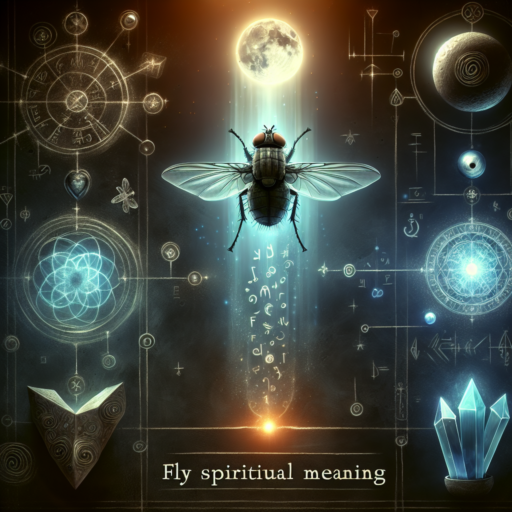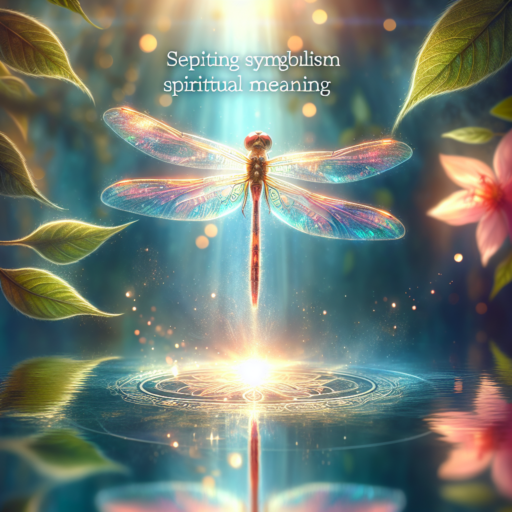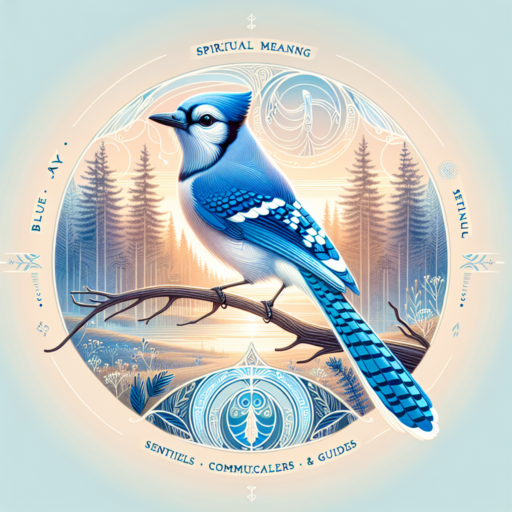Introduction
The fly spiritual meaning has intrigued philosophers, mystics, and spiritual seekers for centuries. As one of nature’s smallest yet most persistent creatures, the fly carries with it an array of symbolic interpretations. In this article, we will uncover the powerful symbolism and hidden spiritual messages behind the humble fly. Whether you are drawn to the idea of transformation, perception, or even the cycles of life and death, the fly offers a unique perspective on the mysteries of the spirit world.
This extensive exploration delves into the rich tapestry of historical interpretations, cultural symbolism, and the profound lessons that the fly teaches us. We will discuss various aspects of the fly’s spiritual meaning, drawing from ancient texts, modern philosophies, and practical everyday guidance. With sections that take you through diverse viewpoints, you will gain an in-depth understanding of how this seemingly insignificant insect holds transformative significance in the realm of spirituality.
In many traditions, animals – including the fly – are seen as messengers between the tangible and the invisible worlds. The fly spiritual symbolism can be multifaceted: it challenges preconceived notions of purity and decay, encourages adaptability, and ultimately, instills wisdom in those who are open to its lessons. Let us embark on this journey, uncovering what it means to witness these ethereal messages in the everyday realm.
The Historical Context and Evolution of Fly Spiritual Meaning
Throughout history, the fly has occupied a unique place in religious texts, folklore, and mythology. Early civilizations often saw the fly as a symbol of transformation and connection between the living and the spiritual realms. The ancient Egyptians, Greeks, and Native Americans each attached their own meaning to this insect. Some revered it for its role in the natural cycle of life, while others warned against its deceptive exterior.
In many ancient cultures, the spiritual messages of flies were linked to the themes of impurity, transience, and rebirth. For example, in some Native American traditions, the fly represented the soul’s ability to traverse between the physical world and the world of spirits. Similarly, the fly’s presence in ancient Egyptian writings was often indicative of the delicate balance between creation and decay.
As religious thought evolved, so did the interpretation of the fly. During the medieval period, the fly came to symbolize both sin and redemption. Literature from this time, including allegories and fables, used the fly as a cautionary symbol, highlighting the dual nature of existence: the interplay of light and darkness, life and death. Through these shifting interpretations, the fly’s spiritual essence transitioned from one of derision and disgust to one of deep symbolic resonance.
Cultural Perspectives on Fly Spiritual Meaning
Western Traditions
In many Western traditions, the fly has been imbued with rich symbolic meanings. In literature and art, it is often depicted as a nuisance, yet its persistent nature makes it a powerful symbol of enduring transformation and the inevitability of decay. Medieval and Renaissance artists commonly used the image of a fly to convey themes of mortal impermanence and the fleeting nature of beauty and life.
For some scholars, the symbolism carried by the fly suggests a deeper, almost mystical reminder that beneath the surface of what we perceive, significant truths await discovery. Even in contemporary art, the fly is used as a motif to challenge viewers to reconsider their relationship with everyday phenomena and to find beauty in the overlooked.
Eastern Philosophies
Eastern spiritual systems offer diverse viewpoints on the fly’s symbolic presence. In traditions such as Taoism and Buddhism, every creature, no matter how humble, plays a role in maintaining the universe’s balance. Here, the spiritual essence of the fly is associated with the impermanence of the material world. The fly reminds us that even in decay, there exists a stage for rebirth and renewal.
The Buddhist concept of anicca (impermanence) is especially relevant when interpreting the fly. Just as a fly undergoes a rapid life cycle, humans are reminded that life is transient, encouraging mindfulness and acceptance of change. This perspective helps remove the stigma often associated with decay and invites a deeper appreciation for the cyclical nature of existence.
Indigenous Interpretations
Indigenous peoples across the globe have long believed in the interconnectedness of life and nature. In many indigenous traditions, the fly is not merely a pest but a spiritual being that bridges the gap between the mortal realm and the spiritual world. This is evident in the sacred stories passed down through generations, where the fly represents the subtle forces that shape our environment.
For instance, some tribes consider the fly as a symbol of <%>adaptive wisdom, noting how its agility and persistence mirror the qualities necessary for survival in harsh conditions. The fly is regarded as an emblem of resilience, urging communities to confront challenges with grace and flexibility.
Deeper Spiritual and Symbolic Interpretations of the Fly
The fly spiritual symbolism can be divided into several key themes, each revealing a layer of spiritual understanding. From reflecting on impermanence to representing the duality of life, the fly offers a mirror into our innermost thoughts and spiritual journeys. In this section, we will break down these themes to help you appreciate the many dimensions of fly symbolism.
Impermanence and the Cycle of Life
One dominant aspect of the fly’s symbolism is its association with the cycle of life and death. The ephemeral nature of the fly serves as a poignant reminder that nothing in the material world is static. Impermanence and transformation are inherent to the existence of all living beings, and the fly’s short lifespan is a natural representation of this truth.
This concept is especially significant in spiritual contexts where the acknowledgment of mortality is used to foster a greater appreciation for the present moment. By observing the fly, one can gain insight into the continual process of birth, decay, and renewal—a fundamental principle that permeates many spiritual disciplines.
Symbol of Adaptation and Resilience
Beyond its fleeting existence, the fly is a living example of adaptation and resilience. Despite its small size, the fly thrives in a variety of environments and rapidly adapts to changing circumstances. This resilience offers important lessons for those on a spiritual path.
In the face of adversity, the fly’s ability to navigate and survive myriad challenges is a reminder to cultivate inner strength and adaptability. Spiritual seekers are encouraged to embrace change and uncertainty as inevitable parts of life, using these experiences as opportunities for growth and transformation.
The Dual Nature: Purity and Decay
One of the more paradoxical aspects of the fly’s symbolism is its representation of both purity and decay. On one hand, the fly can be seen as a reminder of the spiritual purity inherent in preparation for rebirth and transformation. On the other, it is a symbol of physical decay and the degradation of matter. This dual nature reflects the complexity of existence, where opposing forces coexist in a delicate balance.
The interaction between purity and decay can be understood as a metaphor for the human experience. Just as the fly is part of the natural process of decomposition, individuals must sometimes confront the disintegration of old patterns to make space for new growth. This balance underscores the importance of embracing both light and darkness as essential elements of the spiritual journey.
Uncovering the Hidden Spiritual Messages of the Fly
The act of observing the fly in the context of spiritual symbolism is more than a mere scientific or biological exercise; it provides insight into a deeper, more intricate realm of meaning. Here, we examine the hidden messages conveyed by the fly and provide practical strategies for interpreting these signs in everyday life.
Mindfulness and the Art of Observation
One of the most practical lessons that the fly teaches is the value of mindfulness. In our busy lives, it is all too easy to overlook the subtle signals provided by nature. By taking the time to observe the fly and reflect on its existence, we learn to slow down, pay attention to our surroundings, and find meaning in the smallest details.
The practice of mindfulness allows us to become more attuned to subtle spiritual cues present in our environment. Whether you are experiencing joy, sorrow, or uncertainty, the fly’s presence can serve as a gentle reminder to remain present and fully engaged in the moment.
Interpreting Signs in Daily Life
When the fly crosses your path or appears unexpectedly, it may be more than a coincidental event. Many spiritual traditions view such encounters as messages from the spirit realm. Here are some practical steps to help you interpret these signs:
- Reflect on your current state: Consider the mood you are experiencing and the challenges you may be facing. The timing of the fly’s appearance could be a signal to pay attention to aspects of your life that need healing or transformation.
- Practice gratitude: Even when the fly is viewed as disruptive, acknowledging its role in the natural order can open your heart to renewal and inner wisdom.
- Embrace change: Recognize that the fly’s presence is a reminder of the impermanence of all things. Embracing change can liberate you from old patterns that no longer serve your highest good.
By integrating these practices into your daily routine, you can develop a deeper connection to the subtle yet powerful spiritual messages that surround you.
Contemplative Exercises for Deeper Insight
To further explore the hidden spiritual messages of the fly, consider incorporating



